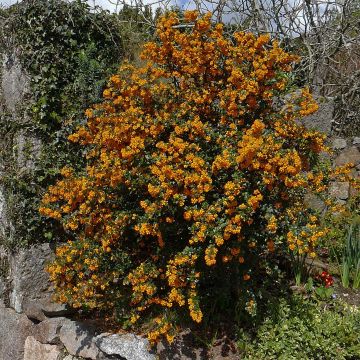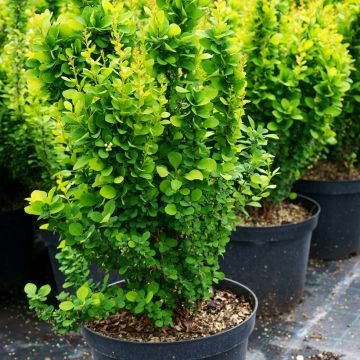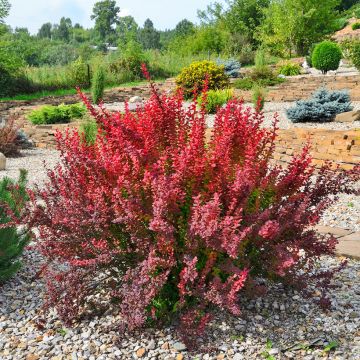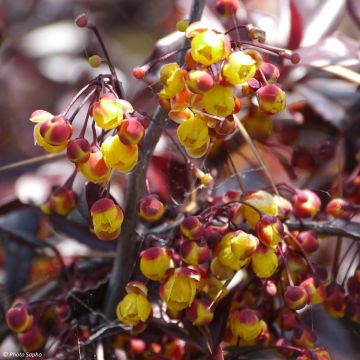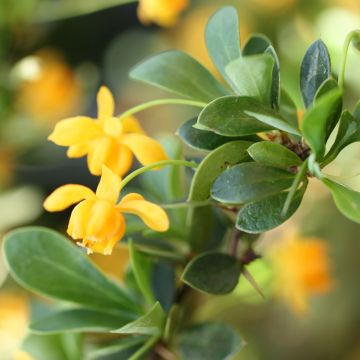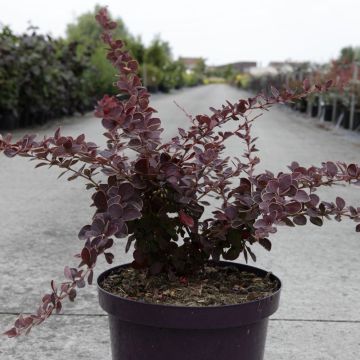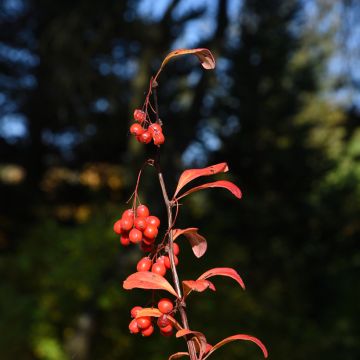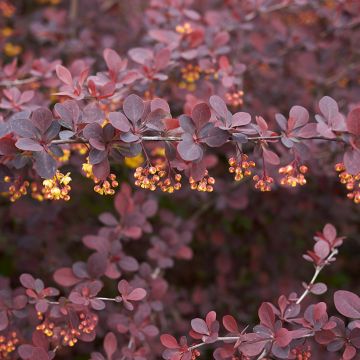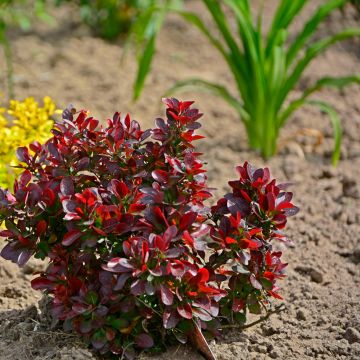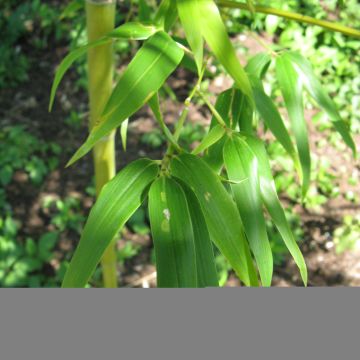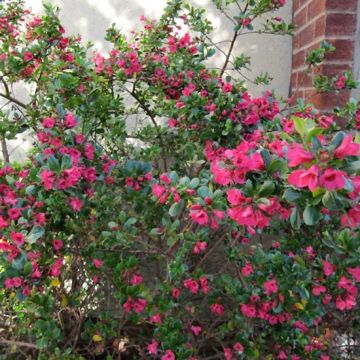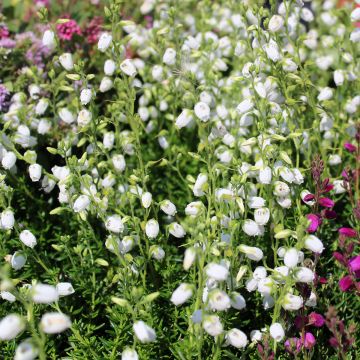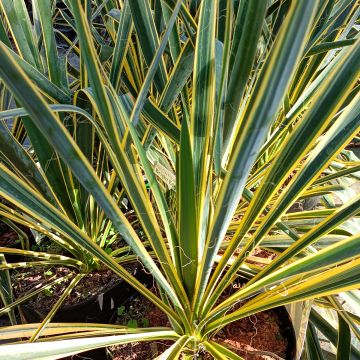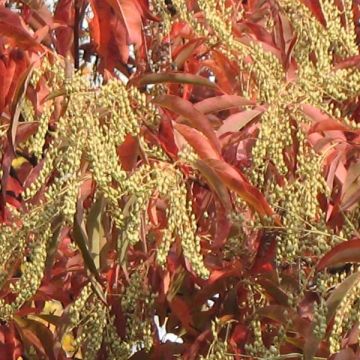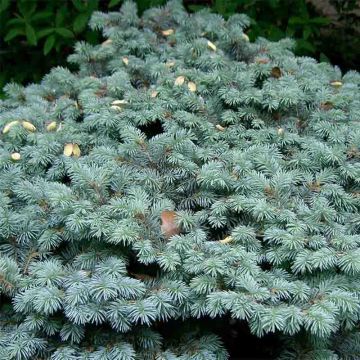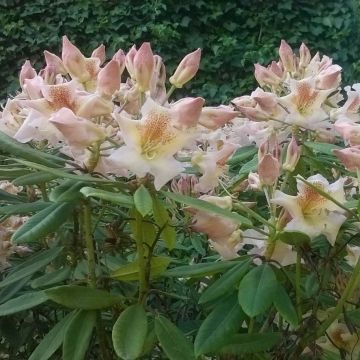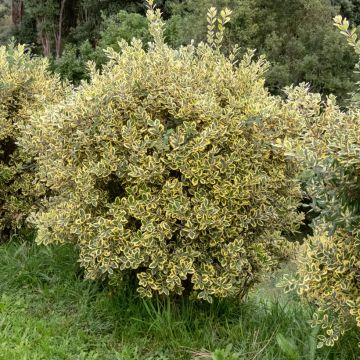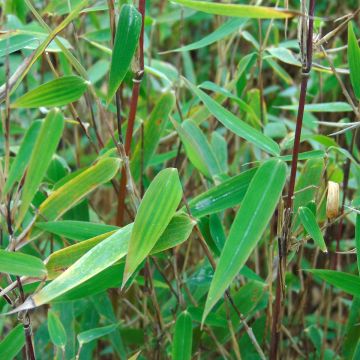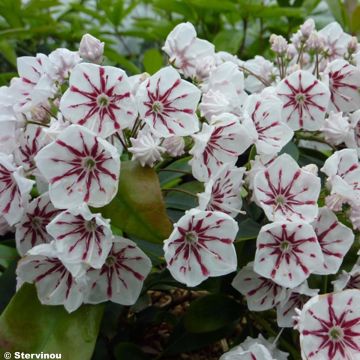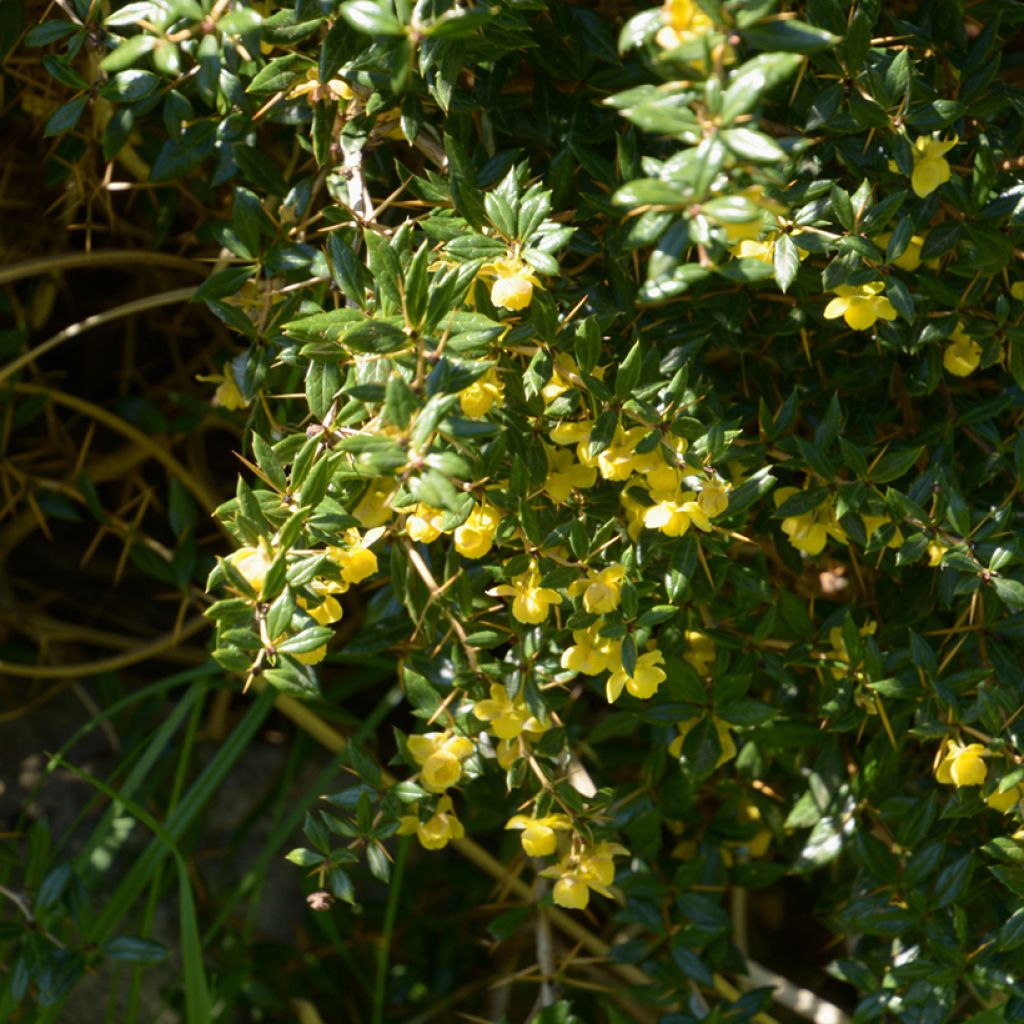

Berberis x frikartii Amstelveen - Barberry
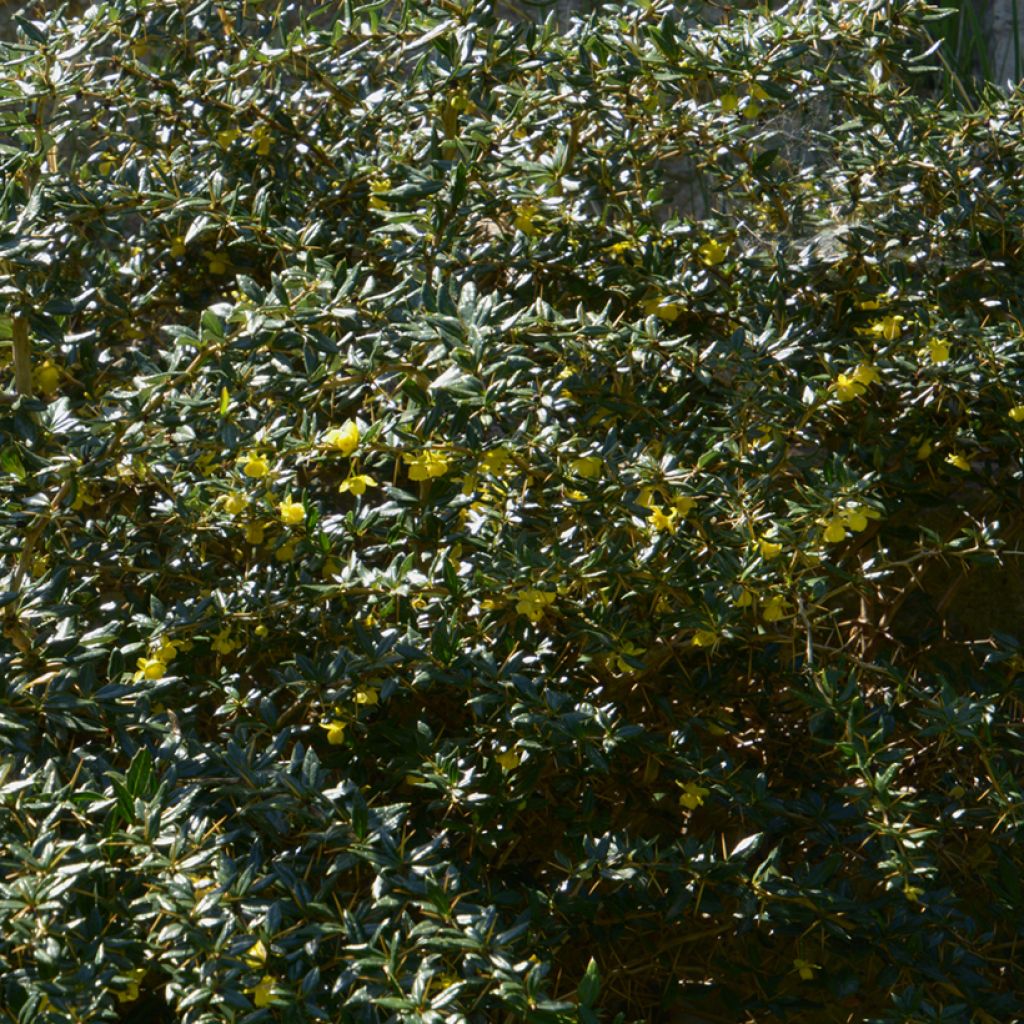

Berberis x frikartii Amstelveen - Barberry
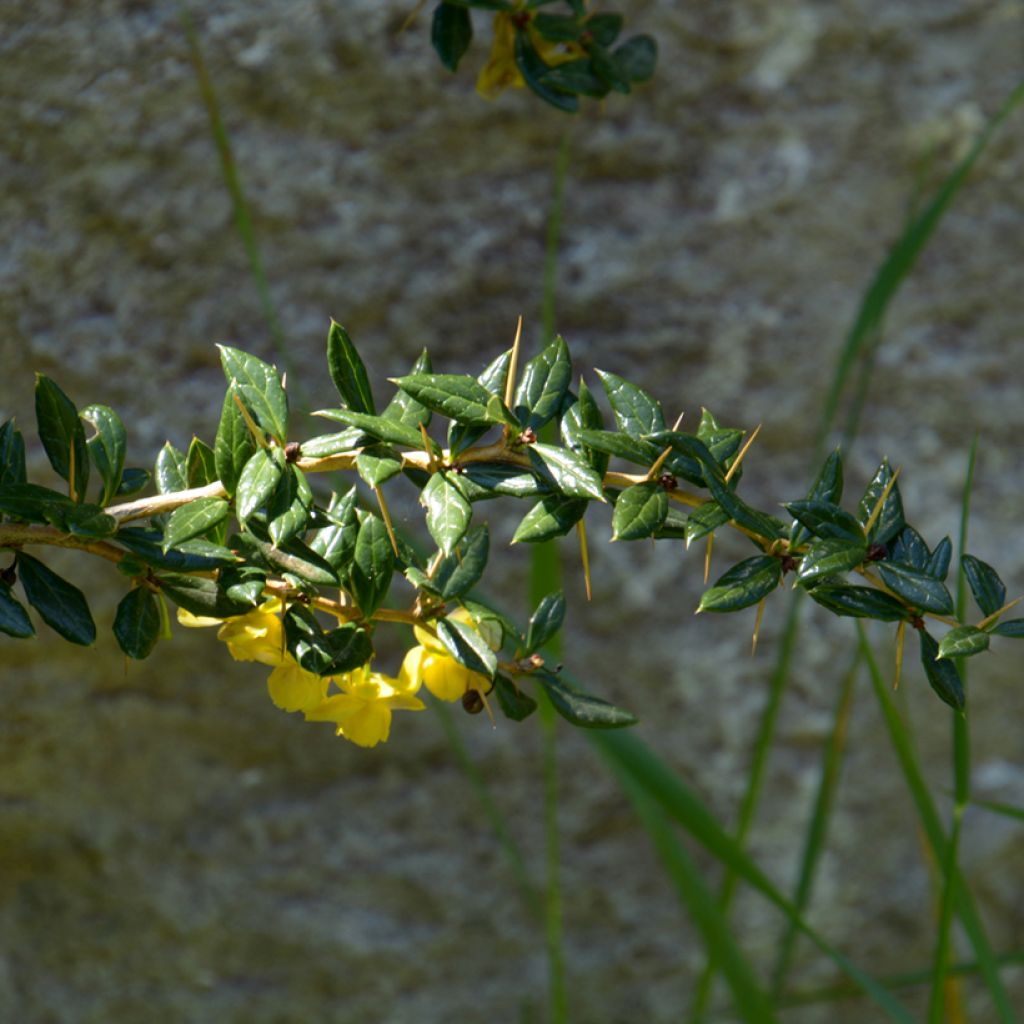

Berberis x frikartii Amstelveen - Barberry
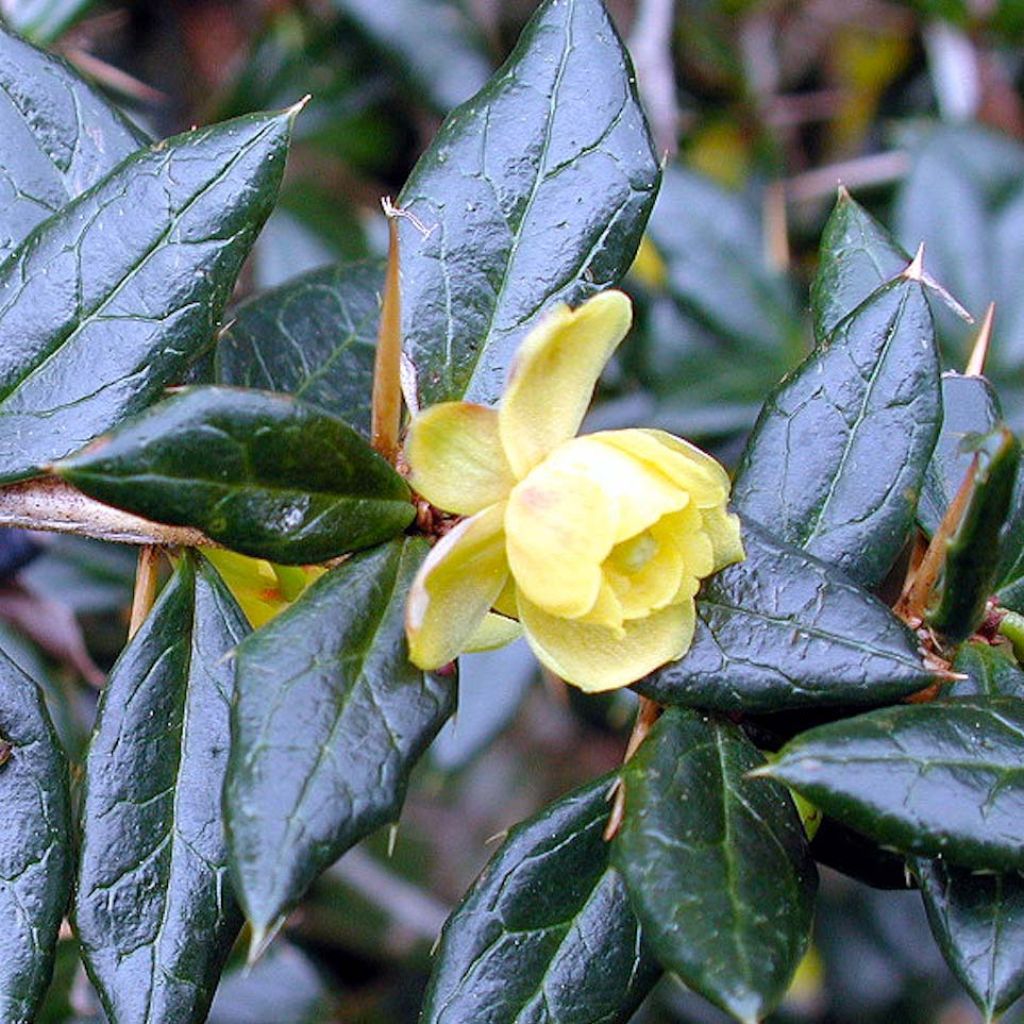

Berberis x frikartii Amstelveen - Barberry
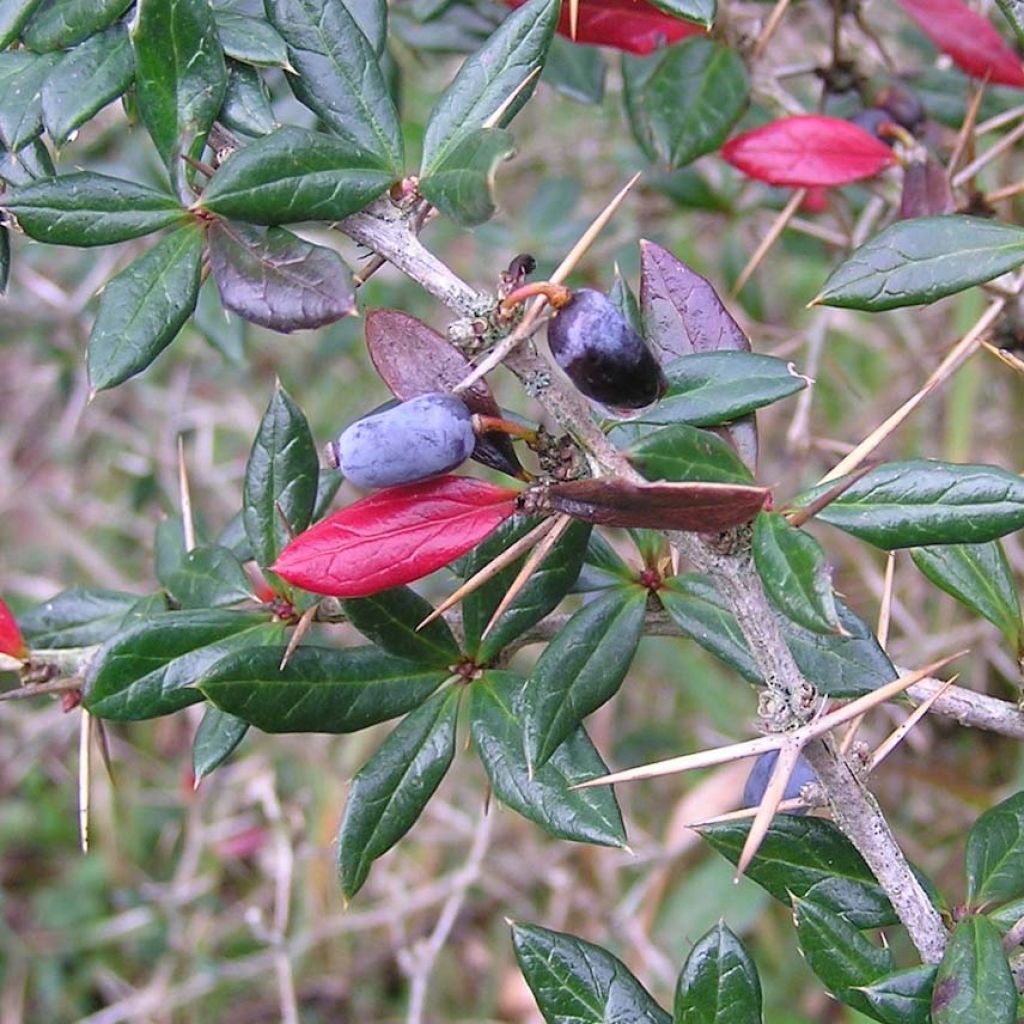

Berberis x frikartii Amstelveen - Barberry
Berberis x frikartii Amstelveen - Barberry
Berberis x frikartii Amstelveen
Barberry
Robust young plant. Well done for the eco-friendly package, recyclable or compostable packaging and protection.
Doris, 05/03/2020
This item cannot be shipped to the selected country
Delivery charge from €5.90
More information
Schedule delivery date,
and select date in basket
This plant carries a 24 months recovery warranty
More information
We guarantee the quality of our plants for a full growing cycle, and will replace at our expense any plant that fails to recover under normal climatic and planting conditions.
From €5.90 for pickup delivery and €6.90 for home delivery
Express home delivery from €8.90.

Does this plant fit my garden?
Set up your Plantfit profile →
Description
Berberis frikartii 'Amstelveen' is a variety of Barberry which is relatively unknown and under-planted in our gardens despite its ornamental qualities and ease of cultivation. It forms a modest-sized bush, with spiny and trailing branches adorned with dense, evergreen, shiny green foliage which turns beautiful shades of brown to orange-red in cold weather. Its cheerful spring flowering, in the form of clusters of small yellow to orange flowers, adds to its charm. Attractive all year round, it makes a versatile ground cover and adapts very well to container gardening, to decorate the terrace throughout the year.
Frikart's Barberry is a shrub in the Berberidaceae family of horticultural origin, obtained in Switzerland. It is the result of cross-breeding between Berberis candidula and Berberis verruculosa, both native to western China. The 'Amstelveen' cultivar was selected in the Netherlands in 1960. This plant is cold-resistant down to -20°C (-4°F), resistant to sea spray and poor, dry soils. It has a bushy, dense, branched and spreading habit, with arching and spiny branches, of ochre-yellow colour. Its growth is quite fast, reaching an average height of 1m (3.28 ft) with a spread of 1 m 20 (3.94 ft) at maturity. In April-May, depending on the climate, small clusters of 2 to 4 small flowers bloom at the axils of the branches. The bell-shaped flowers, 1cm (0.4in) long, are golden yellow, flushed with red on the reverse. They are very nectar-rich and are followed by small fleshy egg-shaped fruits of a chalky blue colour. The evergreen foliage is the main asset of this barberry. It consists of clusters of small leaves, 2 to 4cm (0.8 - 1.6in) long, 1cm (0.4in) wide, leathery, shiny green, almost white on the underside, ending in a spine. It takes on beautiful colours in autumn and winter.
The 'Amstelveen' Barberry is a truly accommodating small shrub in terms of growing conditions and a good ground cover that is interesting all year round. Being content with ordinary, even dry and chalky soil, it can be planted in large borders, alone or in the company of ground cover roses, Nandina 'Firepower', St. John's wort 'Hidcote', or Lonicera nitida, for example. It can also be used in flower beds, large rockeries, or in a large container on a balcony or terrace. This shrub can also be used to cover a slope along steps or highlight the design of a pathway.
Report an error about the product description
Berberis x frikartii Amstelveen - Barberry in pictures
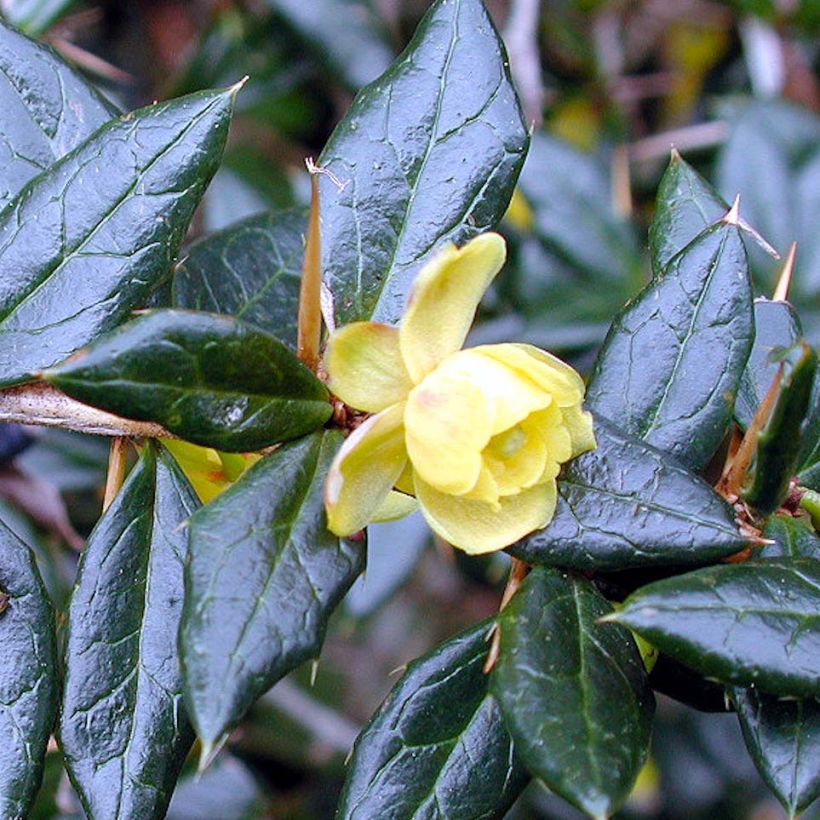

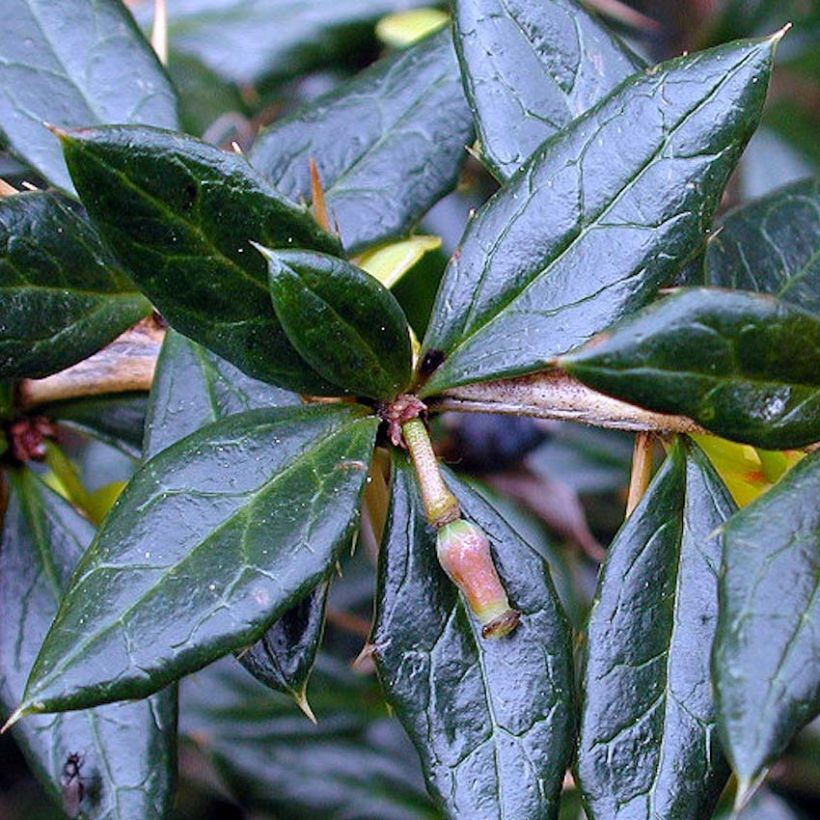

Plant habit
Flowering
Foliage
Botanical data
Berberis
x frikartii
Amstelveen
Berberidaceae
Barberry
Cultivar or hybrid
Other Berberis - Barberries
Planting and care
The 'Amstelveen' Berberis adapts to any well-drained soil, even clayey and slightly chalky. It dislikes waterlogged or excessively chalky soils. Its preference would be clay-rich, slightly acidic soil. Once established, it withstands summer drought quite well and will do without watering in summer in most regions. Its hardiness is around -15°C (5°F), after 2 or 3 years of cultivation: protect young plants during the first winters with a fleece, in case of severe frost. It thrives in all exposures, even tolerating shade where it will, however, be slightly less floriferous. When planting, the planting hole must be twice the size of the root ball. Space the Berberis about 1m (3.28 ft) apart. Add compost and water well. It is a shrub that does not require pruning but will tolerate mild pruning after flowering. It can be pruned from time to time to prevent it from becoming bare in the centre. Be careful not to touch the branches with bare hands as they have thorns that are difficult to remove once they enter the skin.
Planting period
Intended location
Care
-
, onOrder confirmed
Reply from on Promesse de fleurs
Evergreen shrubs
Haven't found what you were looking for?
Hardiness is the lowest winter temperature a plant can endure without suffering serious damage or even dying. However, hardiness is affected by location (a sheltered area, such as a patio), protection (winter cover) and soil type (hardiness is improved by well-drained soil).

Photo Sharing Terms & Conditions
In order to encourage gardeners to interact and share their experiences, Promesse de fleurs offers various media enabling content to be uploaded onto its Site - in particular via the ‘Photo sharing’ module.
The User agrees to refrain from:
- Posting any content that is illegal, prejudicial, insulting, racist, inciteful to hatred, revisionist, contrary to public decency, that infringes on privacy or on the privacy rights of third parties, in particular the publicity rights of persons and goods, intellectual property rights, or the right to privacy.
- Submitting content on behalf of a third party;
- Impersonate the identity of a third party and/or publish any personal information about a third party;
In general, the User undertakes to refrain from any unethical behaviour.
All Content (in particular text, comments, files, images, photos, videos, creative works, etc.), which may be subject to property or intellectual property rights, image or other private rights, shall remain the property of the User, subject to the limited rights granted by the terms of the licence granted by Promesse de fleurs as stated below. Users are at liberty to publish or not to publish such Content on the Site, notably via the ‘Photo Sharing’ facility, and accept that this Content shall be made public and freely accessible, notably on the Internet.
Users further acknowledge, undertake to have ,and guarantee that they hold all necessary rights and permissions to publish such material on the Site, in particular with regard to the legislation in force pertaining to any privacy, property, intellectual property, image, or contractual rights, or rights of any other nature. By publishing such Content on the Site, Users acknowledge accepting full liability as publishers of the Content within the meaning of the law, and grant Promesse de fleurs, free of charge, an inclusive, worldwide licence for the said Content for the entire duration of its publication, including all reproduction, representation, up/downloading, displaying, performing, transmission, and storage rights.
Users also grant permission for their name to be linked to the Content and accept that this link may not always be made available.
By engaging in posting material, Users consent to their Content becoming automatically accessible on the Internet, in particular on other sites and/or blogs and/or web pages of the Promesse de fleurs site, including in particular social pages and the Promesse de fleurs catalogue.
Users may secure the removal of entrusted content free of charge by issuing a simple request via our contact form.
The flowering period indicated on our website applies to countries and regions located in USDA zone 8 (France, the United Kingdom, Ireland, the Netherlands, etc.)
It will vary according to where you live:
- In zones 9 to 10 (Italy, Spain, Greece, etc.), flowering will occur about 2 to 4 weeks earlier.
- In zones 6 to 7 (Germany, Poland, Slovenia, and lower mountainous regions), flowering will be delayed by 2 to 3 weeks.
- In zone 5 (Central Europe, Scandinavia), blooming will be delayed by 3 to 5 weeks.
In temperate climates, pruning of spring-flowering shrubs (forsythia, spireas, etc.) should be done just after flowering.
Pruning of summer-flowering shrubs (Indian Lilac, Perovskia, etc.) can be done in winter or spring.
In cold regions as well as with frost-sensitive plants, avoid pruning too early when severe frosts may still occur.
The planting period indicated on our website applies to countries and regions located in USDA zone 8 (France, United Kingdom, Ireland, Netherlands).
It will vary according to where you live:
- In Mediterranean zones (Marseille, Madrid, Milan, etc.), autumn and winter are the best planting periods.
- In continental zones (Strasbourg, Munich, Vienna, etc.), delay planting by 2 to 3 weeks in spring and bring it forward by 2 to 4 weeks in autumn.
- In mountainous regions (the Alps, Pyrenees, Carpathians, etc.), it is best to plant in late spring (May-June) or late summer (August-September).
The harvesting period indicated on our website applies to countries and regions in USDA zone 8 (France, England, Ireland, the Netherlands).
In colder areas (Scandinavia, Poland, Austria...) fruit and vegetable harvests are likely to be delayed by 3-4 weeks.
In warmer areas (Italy, Spain, Greece, etc.), harvesting will probably take place earlier, depending on weather conditions.
The sowing periods indicated on our website apply to countries and regions within USDA Zone 8 (France, UK, Ireland, Netherlands).
In colder areas (Scandinavia, Poland, Austria...), delay any outdoor sowing by 3-4 weeks, or sow under glass.
In warmer climes (Italy, Spain, Greece, etc.), bring outdoor sowing forward by a few weeks.

































